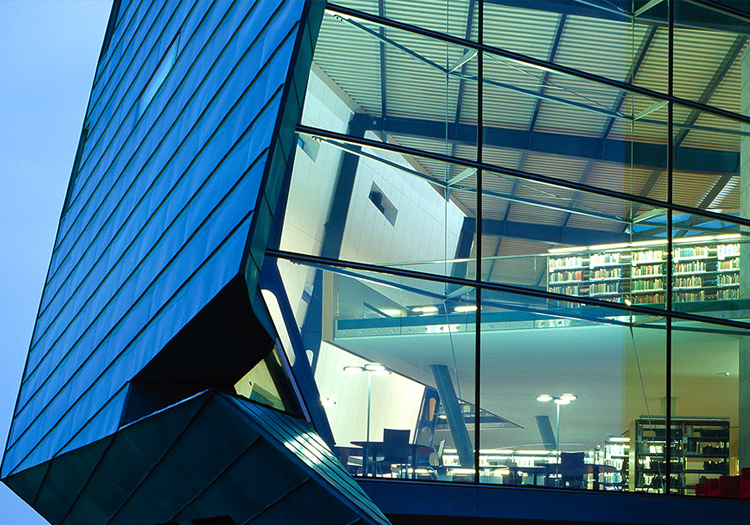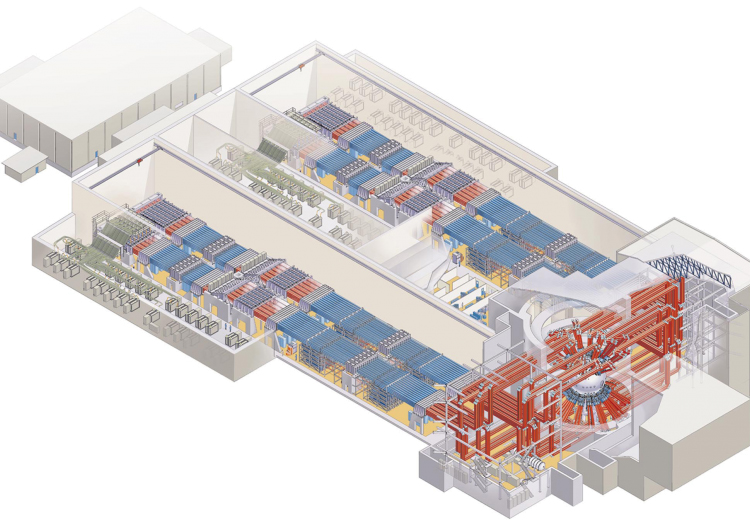
The Necessity of Sustainable Design
We live in a time of great accomplishments, both in technology and in organic design. Technology has grown exponentially over the past decade, and it has enabled us to achieve so many things we would not have otherwise thought possible, and it has helped us to design smarter and to simplify our lives immensely. With so many leading scientists and experts voicing their warnings of our global living practises, and the need for integrated change, it is becoming more and more pertinent that we use our technology and smart design for more sustainable living.
There are many ways to construct a new building without traditional materials and generate a more eco-friendly footprint. Green construction is gaining in popularity, catering to natural aesthetics and using alternative materials like stone. Using eco-friendly building materials is important to achieve a smart sustainable design, as is the way the structure utilises and consumes energy. Ensuring that the building you design caters to overall energy efficiency, beyond regulatory requirements, is an important step in achieving sustainable design, from gauging thermal performance, to ensuring prime energy performance throughout the year.
As building design and construction intersects with environmental concerns and the cost of energy increases, both economically and environmentally, smart building design has emerged to ensure the practises of design, construction, and operation in buildings are done in a manner that minimises their overall environmental impact. At Varming, our expert consultants work to ensure that your building meets the highest standards and utilises the best practises in sustainable design.

